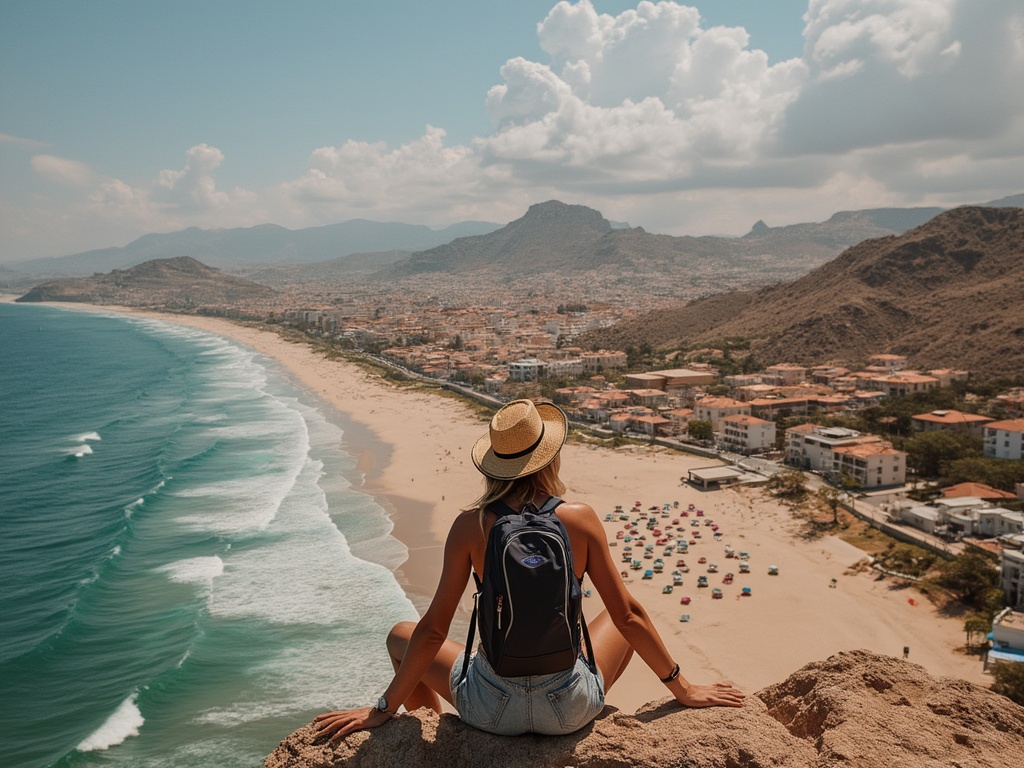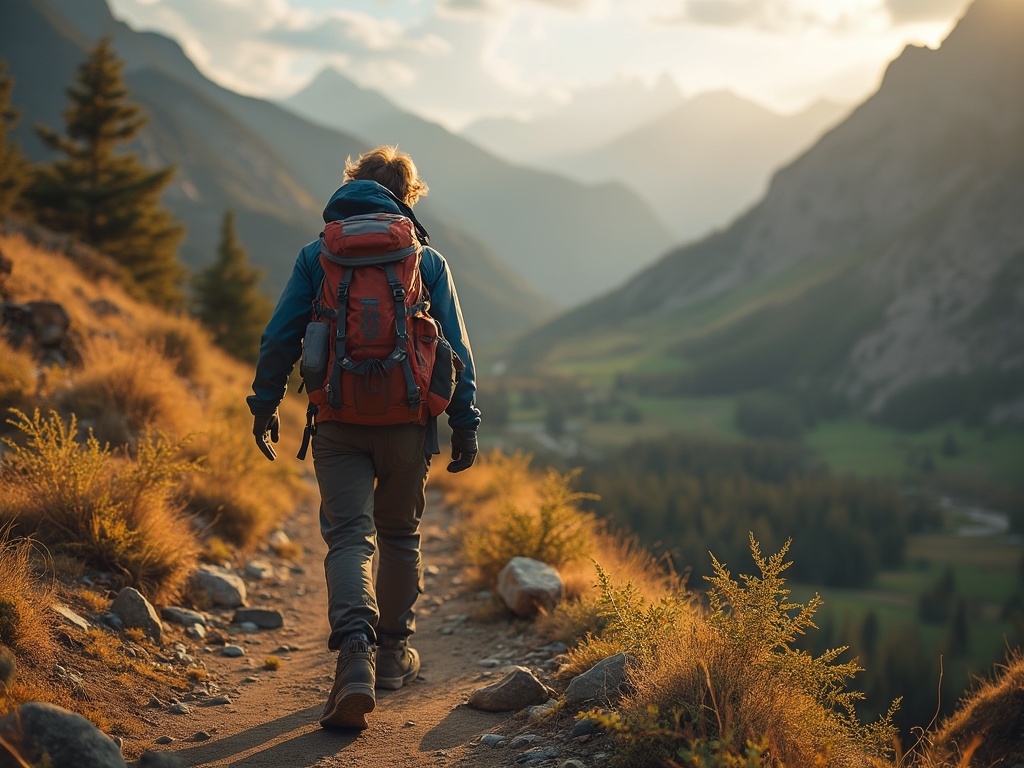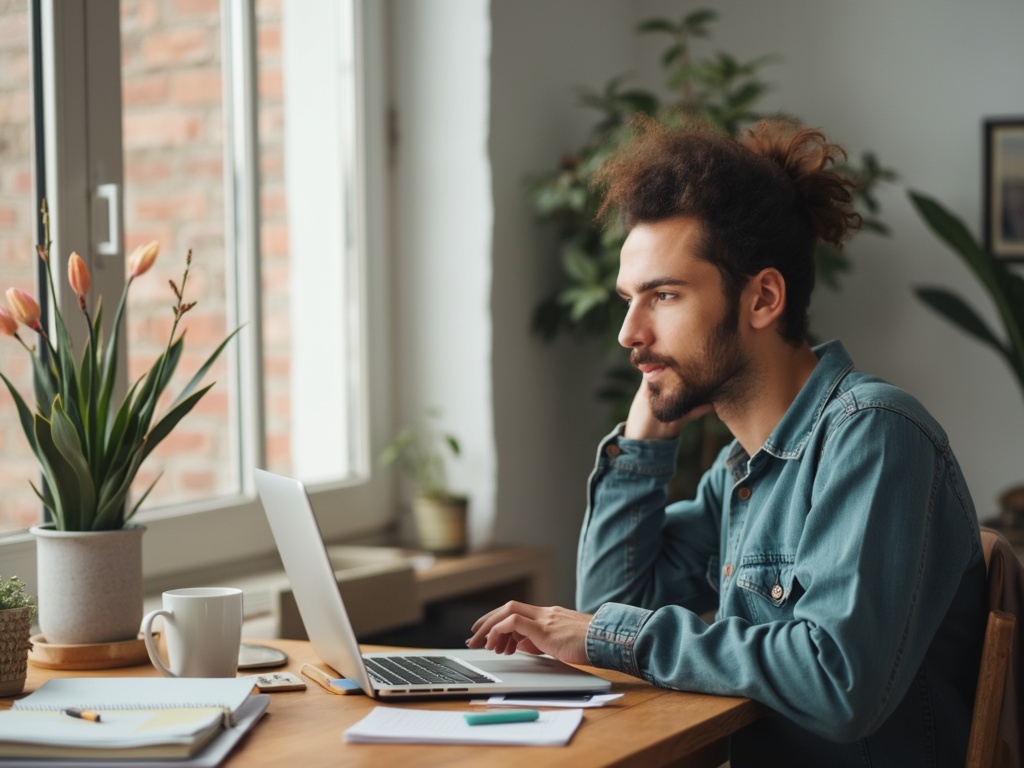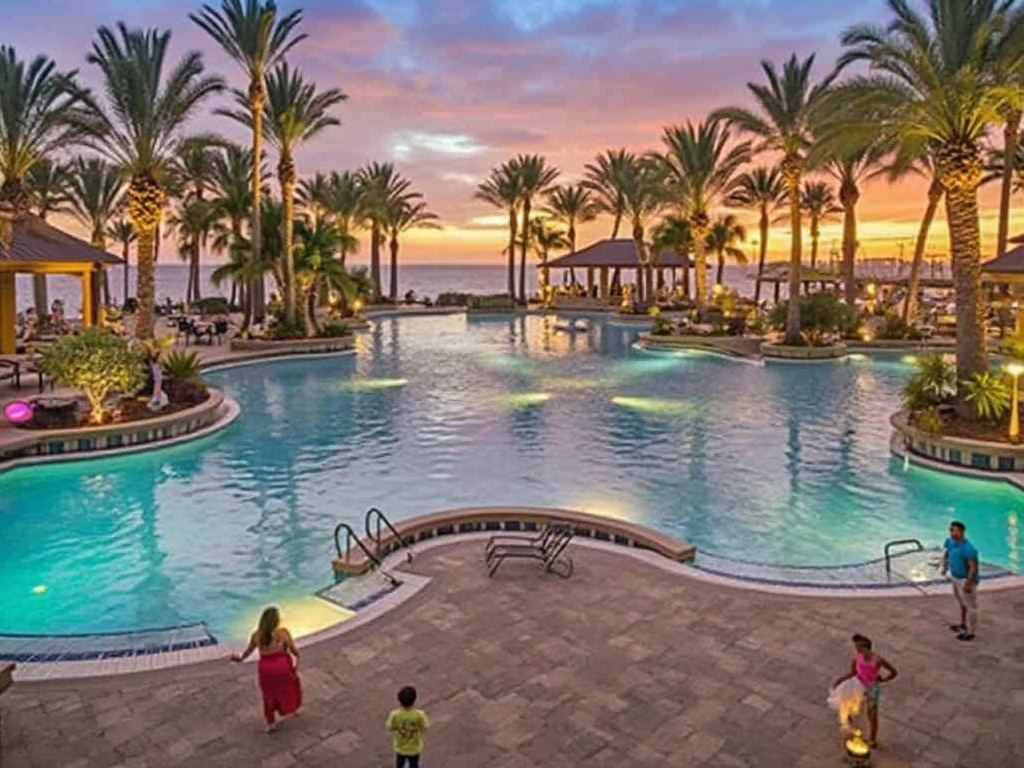Social media's influence has reshaped travelers' expectations of famous destinations, creating a stark contrast between carefully curated images and actual experiences. Instagram-worthy shots of iconic places like Santorini and Bali's Gates of Heaven don't show the full story – packed crowds, deteriorating environments, and disrupted local communities are common realities behind these filtered facades.
Key Takeaways:
- Perfect Instagram shots typically demand patience, with wait times stretching several hours and precise timing to avoid crowds
- The surge in social media tourism has taken its toll on local environments and communities, causing lasting damage
- Iconic destinations now face sky-high prices and massive tourist numbers, pushing out local residents
- Behind every viral travel photo lies careful editing and staging to craft an idealized version of reality
- Real, meaningful travel experiences are more likely found by exploring hidden gems or visiting famous spots during quiet seasons
The Dark Side of Social Media's Most Popular Travel Spots
Instagram's Role in Mass Tourism
Social media has transformed quiet destinations into packed tourist hotspots. Take Santorini – this Greek island attracted 3.4 million visitors in 2023, with over 8 million Instagram posts showcasing its blue domes and sunset views. But there's a catch: those perfect social media shots often hide the crowds, queues, and environmental strain.
The Reality Behind Viral Locations
What you're seeing online isn't the full story. Since 2013, locations that go viral on Instagram have faced significant challenges:
- Long wait times for popular photo spots – sometimes up to 2 hours
- Damage to natural landscapes from tourists seeking the perfect shot
- Local communities struggling with sudden tourist influxes
- Inflated prices making destinations unaffordable for locals
- Environmental degradation from excessive foot traffic
I've witnessed firsthand how social media popularity can transform peaceful locations into overcrowded spaces. The reality often differs dramatically from the carefully curated images you'll find online. Those stunning shots of empty beaches or serene mountain tops? They're usually taken at dawn or professionally edited to remove other tourists from the frame.
Instead of chasing Instagram spots, I recommend exploring lesser-known alternatives or visiting popular destinations during off-peak seasons. You'll get a more authentic experience and help support sustainable tourism practices.
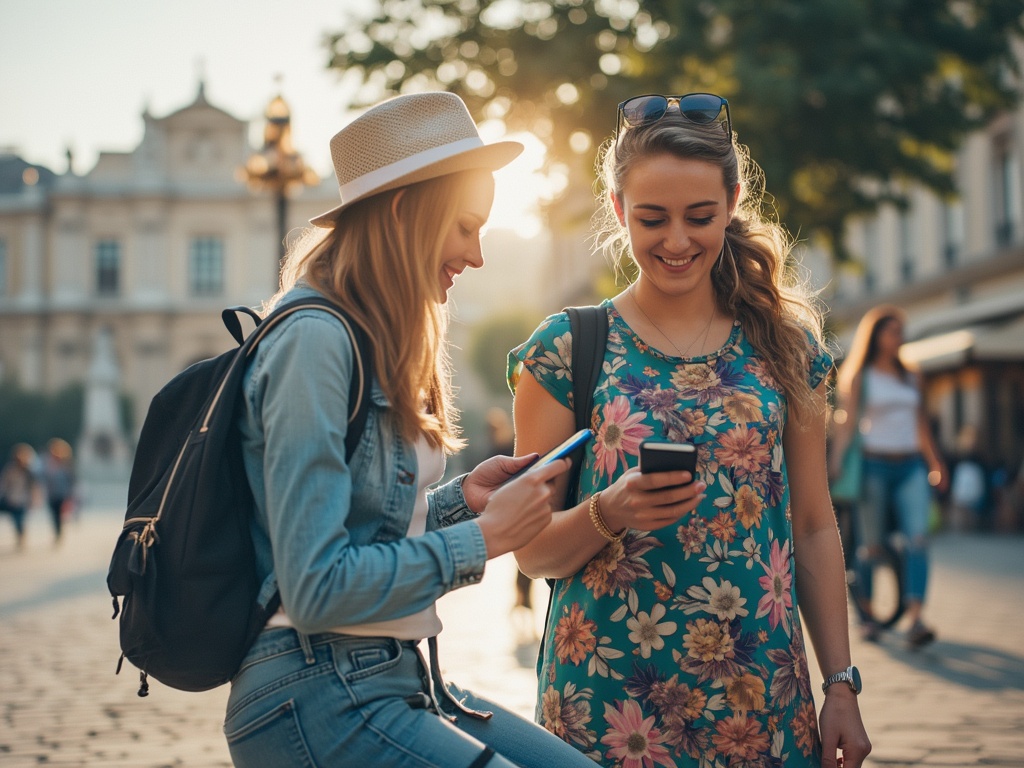
When Social Media Dreams Meet Tourist Nightmares
The Raw Truth Behind Viral Locations
TikTok's latest trend has gathered 22.9M views by shattering travel illusions. Set to the rhythmic beats of ‘Makeba', creators are exposing the stark differences between polished social posts and actual tourist experiences.
Reality Check: Popular Destinations
I've seen firsthand how social media masks destination flaws. Here's what those perfect posts aren't showing you:
- Bali's serene rice terraces are often surrounded by bumper-to-bumper traffic jams
- Paris's romantic streets are dealing with a growing rat population
- Gili Menos' “secluded” beaches are packed with tourists fighting for photo spots
- Instagram's famous infinity pools often require 2-hour queues for a single photo
The truth isn't meant to discourage travel, but rather to set realistic expectations. Social media's perfectly timed shots and careful angles tell half the story – I'm here to tell you the other half.
The Influencer Effect: Creating an Alternate Reality
Behind the Perfect Travel Shot
Social media has twisted our perception of travel destinations through carefully staged photos and edited realities. I've analyzed thousands of travel posts to uncover the truth behind these picture-perfect moments.
Popular travel influencer Loukia Tranou (@lucyintheskyy) demonstrates this perfectly. In her content analysis, she revealed that a single Santorini shot often requires:
- 2-3 hours of waiting for the right lighting
- Multiple outfit changes
- Professional photography equipment
- Heavy post-processing editing
- Strategic timing to avoid crowds
- Specific shooting angles to hide construction or maintenance work
These meticulously crafted images can lead to disappointment for regular travelers expecting the same flawless experience. According to Tranou's insights, most of her viral shots exclude key realities like overcrowded viewpoints, lengthy queues, and nearby construction sites.
This altered reality affects how we choose travel destinations. I've found that locations featured prominently by influencers often become overwhelmed with visitors trying to recreate the same shots, leading to environmental strain and cultural disruption in previously peaceful spots.
The truth isn't that these destinations aren't beautiful – they absolutely are. But the social media version strips away the authentic charm, replacing it with an impossible standard that exists only in perfectly timed photos and edited screens.

The Human Cost of Picture-Perfect Destinations
Local Communities Bear the Burden
Social media's influence on travel has created unsustainable pressure on local communities. I've seen firsthand how viral photo spots transform quiet neighborhoods into crowded tourist zones. According to tourism sociologists John Urry and Jonas Larsen, travelers now chase specific images they've seen online, rather than authentic experiences.
Here's what actually happens when destinations go viral:
- Local housing prices skyrocket as properties convert to vacation rentals
- Infrastructure struggles with sudden visitor influxes
- Traditional businesses get replaced by tourist-focused shops
- Residents face daily disruptions from photo-seeking crowds
- Cultural practices become commercialized photo opportunities
This isn't just about pretty pictures – it's about real people. Tourists often leave disappointed when reality doesn't match their filtered expectations. I've watched visitors spend hours trying to recreate Instagram shots while missing genuine local experiences. The psychological impact is significant – many travelers report feeling anxious and let down when destinations don't match their social media-fueled expectations.
The solution isn't to stop traveling, but to shift our approach. By looking beyond the perfect shot and engaging with local communities, we can create meaningful experiences that benefit both visitors and residents. Local tourism boards should focus on promoting authentic experiences rather than just photogenic spots.
Breaking the Instagram Illusion
The Reality Behind Perfect Photos
Those pristine Instagram shots of the Santorini steps or Bali's Gates of Heaven don't tell the full story. I've witnessed firsthand how social media creates unrealistic expectations about popular travel spots. That dreamy photo of an empty Trevi Fountain? It's likely taken at 5 AM with hundreds of other photographers jostling for position. The crystal-clear waters of Maya Bay? They're often clouded by boat traffic and packed with tourists.
Smart Travel Planning Beyond the Feed
I recommend these practical steps to align your expectations with reality:
- Visit during off-peak hours – sunrise visits can match those perfect social shots
- Research seasonal conditions – many tropical locations have distinct wet seasons
- Look for recent visitor photos on review sites, not just curated Instagram feeds
- Check local events calendars to avoid unexpectedly crowded dates
- Consider alternative viewpoints or nearby spots for similar experiences
Social media can spark travel inspiration, but shouldn't be your only planning tool. The real magic often happens in unplanned moments – a local café recommendation, a hidden beach found by chance, or a genuine interaction with residents. These authentic experiences might not make the perfect Instagram post, but they'll create lasting memories that matter more than any staged photo.
Sources:
Diggit Magazine – Instagram vs Reality and the Future of Overtourism
Bored Panda – Travel Expectations vs Reality


